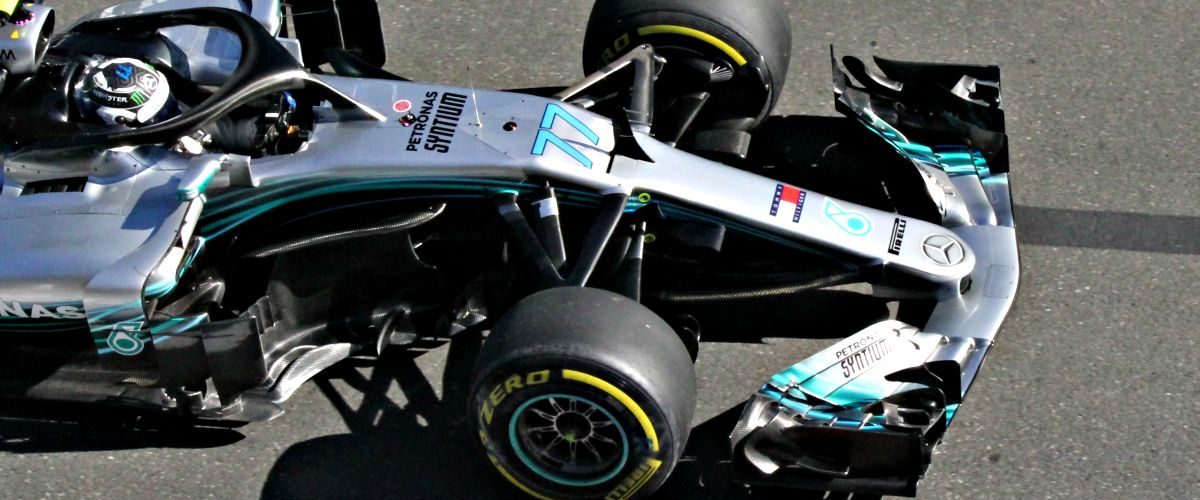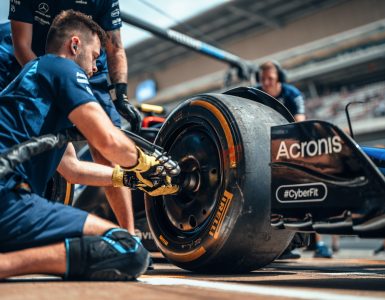The impact was indeed massive, the wrecked car spinning back into the middle of the circuit trailing debris behind it before coming to a standstill. The session was immediately stopped as everyone held their breath before breathing a sigh of relief as the driver emerged shaken but thankfully unscathed. A great escape highlighting the recent advances in F1 safety.
Although Bottas’ crash in qualifying looked frightening, safety in Formula 1 has come a long way since the so-called ‘killer years’ of the 1960s and 1970s. Of course, every driver knows he is taking a significant risk every time he steps into the cockpit of an F1 car and accepts the risks involved in the engagement of their passion. Even when there have been huge impacts, such as Robert Kubica’s horror smash in Canada in 2007 and Martin Brundle’s huge accident at this very circuit in 1996, such are the massive strides made in safety due to rigorous crash testing that drivers now walk away unscathed more often than not.
Prior to 1985 there were few F1 safety regulations and no crash tests but since then, every team’s car must pass a series of stringent tests to adhere to the FIA’s safety regulations.
There are five dynamic tests comprising of two frontal impact, one side impact, one rear impact and one steering-column impact and a number of static tests to evaluate the ability of the chassis to support the massive forces experienced in a high-speed crash.
For the frontal dynamic test, the chassis is mounted onto a trolley and fired at a solid wall and for the side and rear tests a heavy trolley is run into the chassis at force and a crash test dummy is also used to measure what happens to a driver in extreme deceleration. The dummy’s chest must not exceed 60g for more than 3 milliseconds. The side of the cockpit is also subjected to a 30-tonne load which it must resist with no evidence of structural failure.
Fires in accidents used to be one of the biggest factors in driver fatalities but the fuel tanks are now also subject to stringent load tests and the cell is made of the same rubberised penetration resistant Kevlar material that is used on armoured cars. Thanks to this, the potential of injury due to fire is now almost zero, dramatically increasing F1 safety.
Of course, crashes in every formula of racing are not uncommon. Following any accident, the car is ideally restored from new spare parts but it’s not unusual practice that a skilled mechanic can mill a new part on a small manual lathe in the garage and composite technicians can also make remarkable repairs to carbon fibre components. Most of the time with a big accident, however, if the component is not available it will have to be flown out on the next flight.
It’s very similar to system crash and data loss. With a reliable backup, data can be restored and systems brought back to life in time for when you need it.
Cars also carry data recorders similar to those used in aircraft and cars also carry these ‘black boxes’. After any serious accident, data is sent to the FIA institute for analysis and several improvements have come about as a result, including new crash tests and innovations such as wheel tethers, the HANS (head and neck support) device and of course the new HALO, which has been introduced for the 2018 season.
Top Image: Valtteri Bottas during the 2018 Australian Grand Prix. © Acronis.



